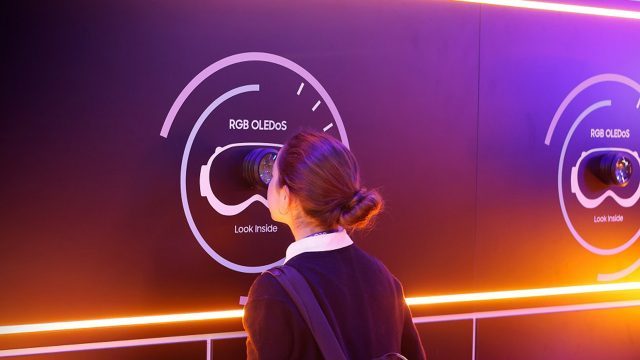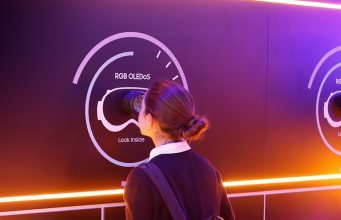Unicode 16.0 release with new emoji brings character count to 154,998

Enlarge / Emojipedia sample images of the new Unicode 16.0 emoji. (credit: Emojipedia)
The Unicode Consortium has finalized and released version 16.0 of the Unicode standard, the elaborate character set that ensures that our phones, tablets, PCs, and other devices can all communicate and interoperate with each other. The update adds 5,185 new characters to the standard, bringing the total up to a whopping 154,998.
Of those 5,185 characters, the ones that will get the most attention are the eight new emoji characters, including a shovel, a fingerprint, a leafless tree, a radish (formally classified as "root vegetable"), a harp, a purple splat that evokes the '90s Nickelodeon logo, and a flag for the island of Sark. The standout, of course, is "face with bags under eyes," whose long-suffering thousand-yard stare perfectly encapsulates the era it has been born into. Per usual, Emojipedia has sample images that give you some idea of what these will look like when they're implemented by various operating systems, apps, and services.
Unicode 16.0 also adds support for seven new modern and historical scripts: the West African Garay alphabet; the Gurung Khema, Kirat Rai, Ol Onal, and Sunuwar scripts from Northeast India and Nepal; and historical Todhri and Tulu-Tigalari scripts from Albania and Southwest India, respectively.


